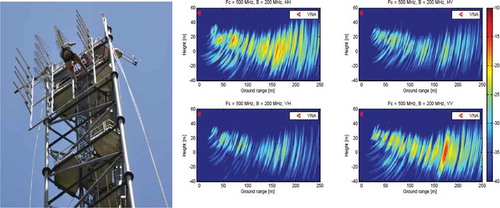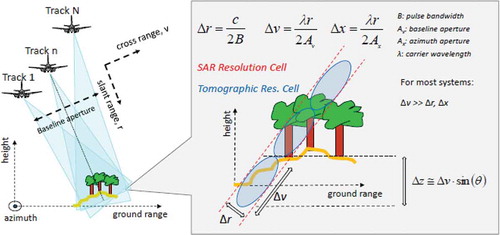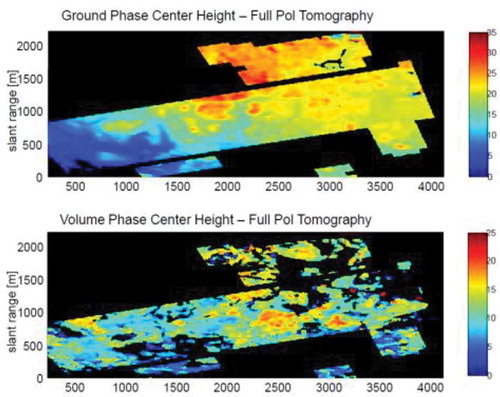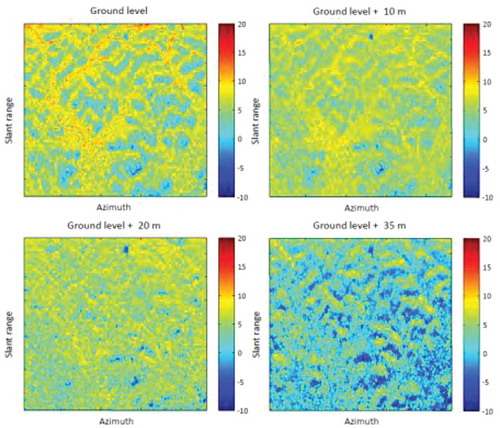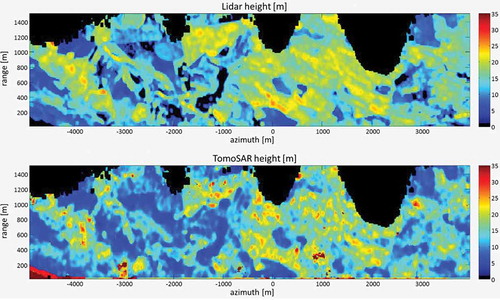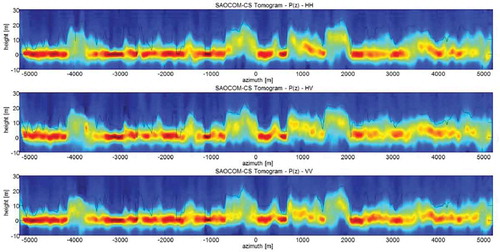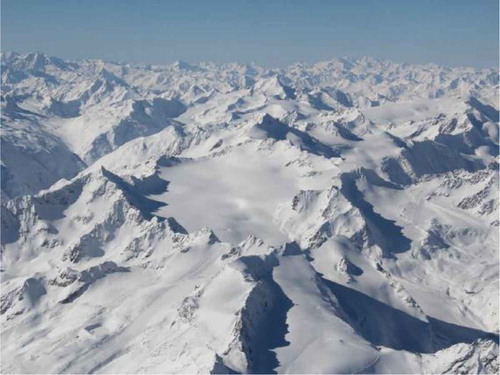Figures & data
Figure 2. The Remingstorp forest (left) and at right a cartoon representing the components of a cross range resolution cell: the double bounce (down) and the canopy reflection (up) are clearly indicated.
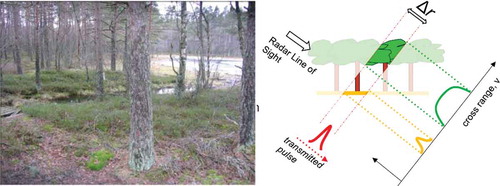
Figure 3. A vertical section from the Capon tomographical spectra of a transect of the Remningstorp forest; channels HH and HV.
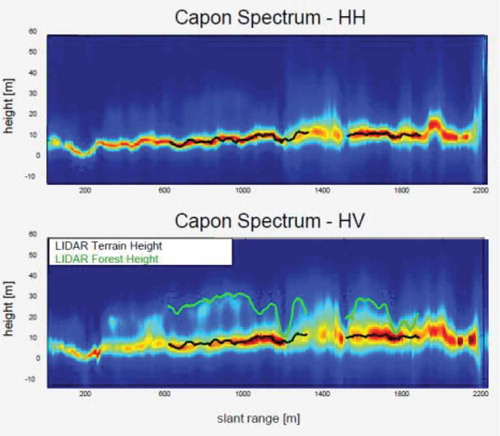
Figure 5. The Guyaflux tower in Paracou (French Guyana) and its trace through the 4 tomographic layers.
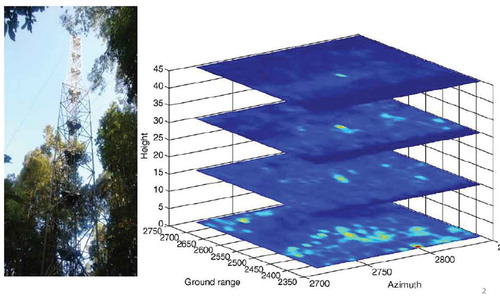
Figure 8. The Tropiscat antenna on the Guyaflux tower, and the tomographic views in the 4 polarimetric channels.
